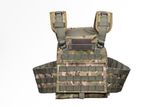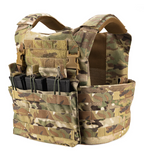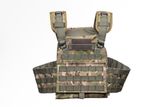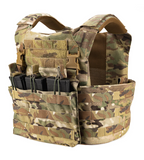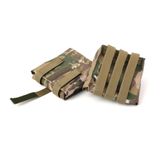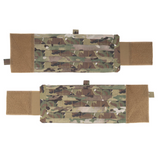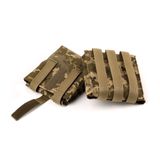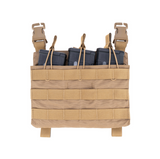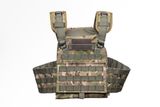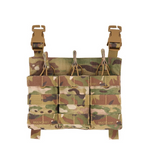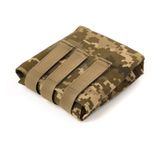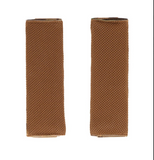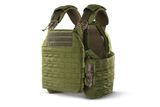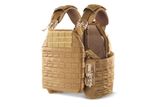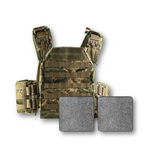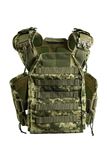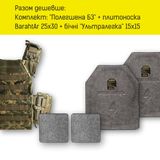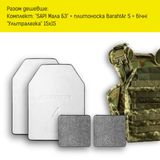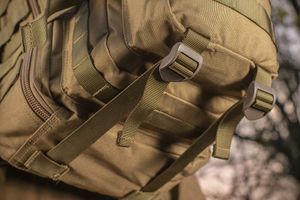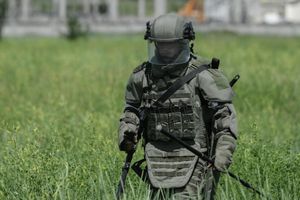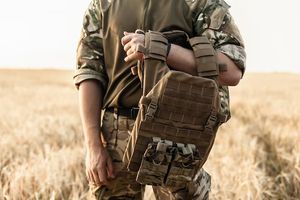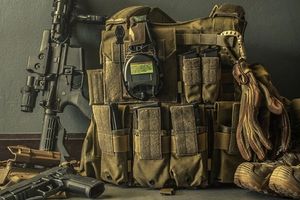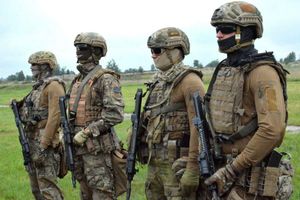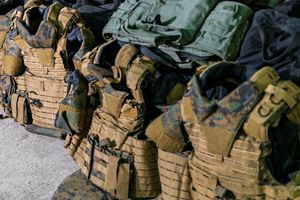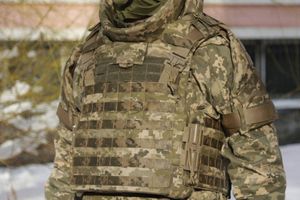Proper setting of a plate carrier can literally save a life. To get the highest level of protection and superior convenience, it is important not only to choose the right platekerier, but also to set it up correctly. A poorly tuned body armor can endanger the success of a mission and even life. It will impede mobility, limit access to equipment, and you will quickly get tired. In this article, we will tell you about important steps that will help improve the comfort of wearing armor.
What is a plate carrier?
A plate carrier or plate carrier is an integral part of personal body armor. As the name implies, this is a carrier of armored plates. The main purpose is to protect the torso and vital organs of the owner from bullets and shrapnel. The product has front, back, and sometimes side pockets for plates. Some models have attachments for pouches, or are already equipped with bags for storing things.
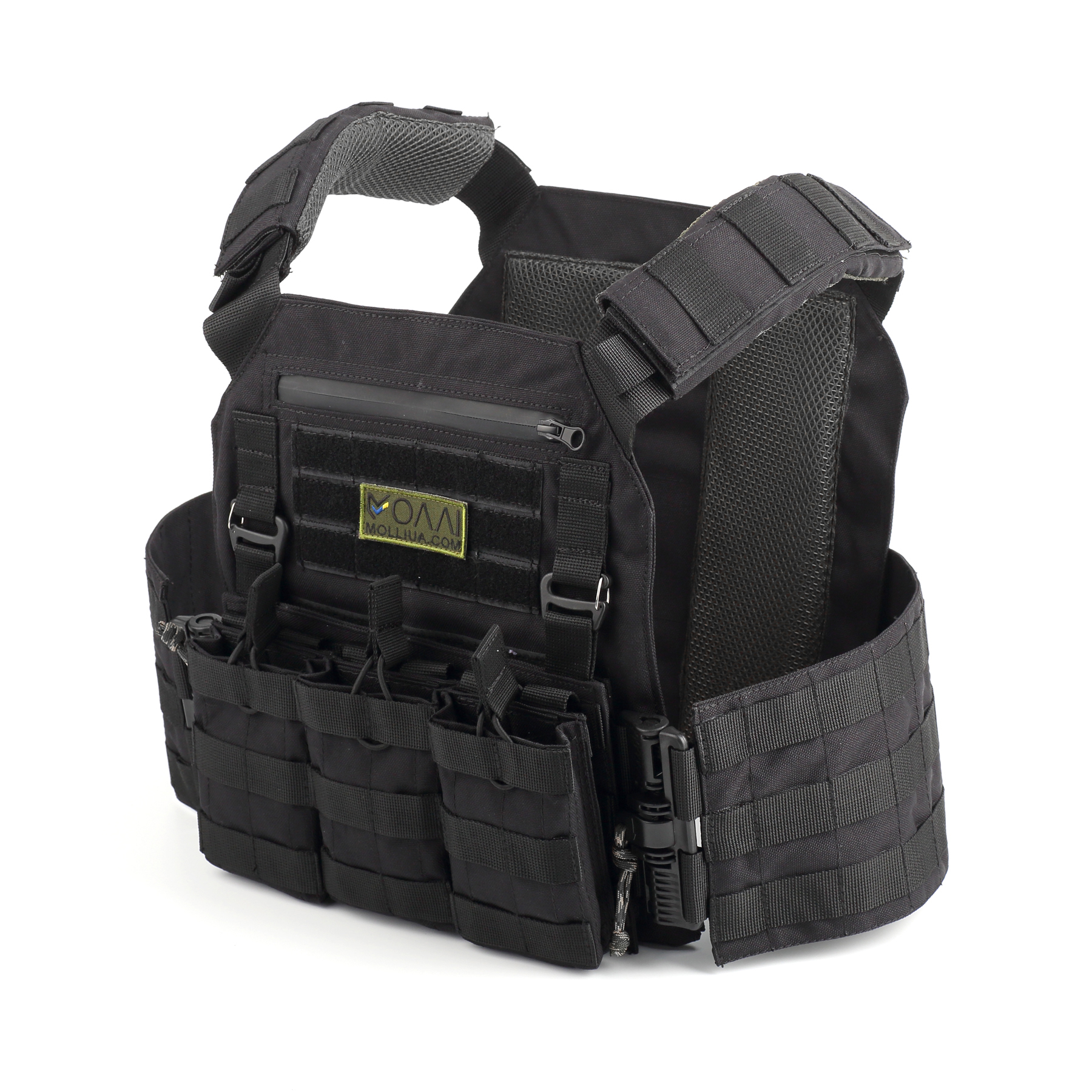
The carriers are most often used by military personnel, operators of special forces and law enforcement units who face a threat to life.
Slab carrier selection criteria
Choosing the right plate carrier is important for several reasons. A well-fitting case will provide the protection you need, making sure your gear is close at hand. A well-designed plate carrier should move with your body without causing discomfort or hindering movement.
The main criterion for choosing a vest is compliance with your goals. Military models usually include additional pockets, reinforced seams and adjustable straps for maximum comfort and protection. Almost all other media parameters will depend on how and for what you are going to use it. Think about how much you are willing to pay for it, how heavy it will be, what color it will have, whether you need a MOLLE system.
The size depends on the dimensions of the plates you are using. The size of the plates will depend on your height and how much coverage and protection you need. The most common armor plate size is 25x30 cm (10x12 inches), these plates will meet the needs of most people. A larger fighter may need larger slabs to better protect themselves.
The Cumberband is an important feature of the plate carrier, it holds the front and back panels together. The waistband should be adjustable so that you can adjust it to your body type. As a rule, the belt has adjustable straps on both sides so that the plates fit snugly to the torso. Usually the belts are covered with MOLLE tape and have enough space for additional pockets and pouches.
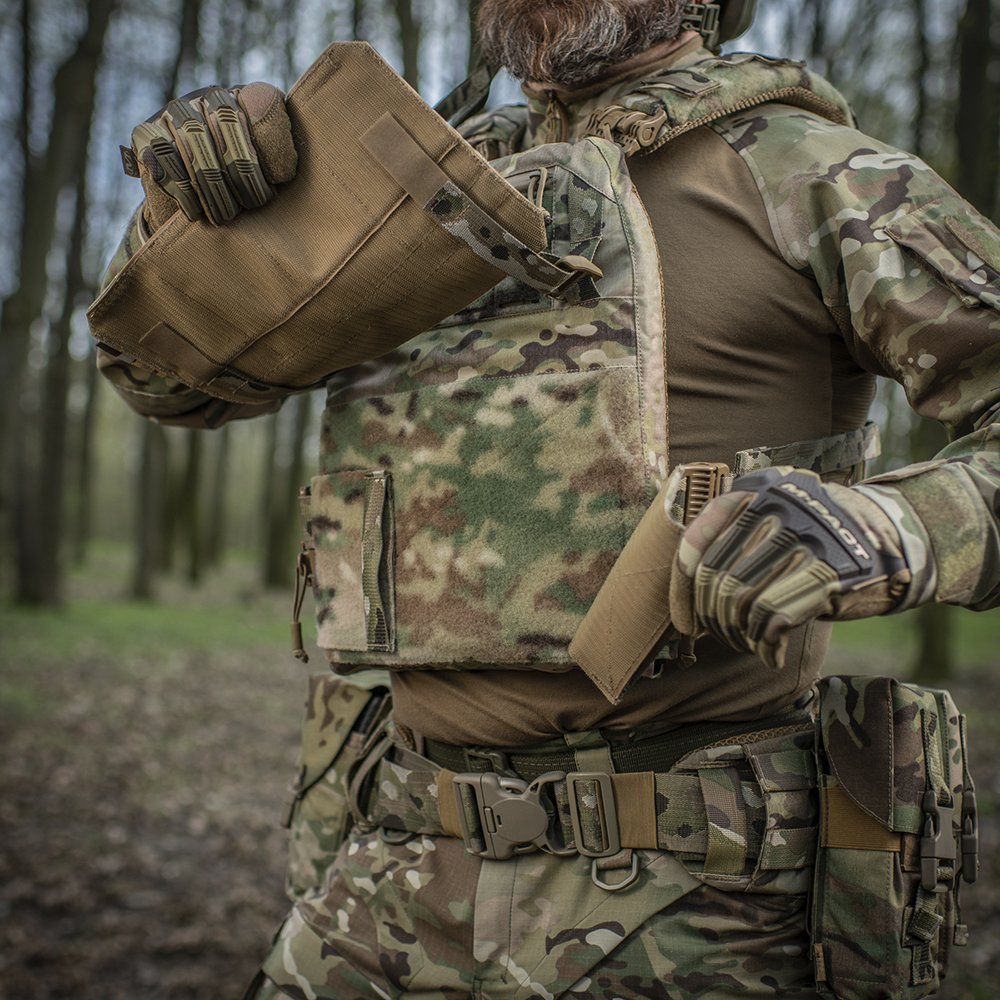
The material is an important criterion on which the strength and durability of the vest depends. Cordura is considered the best fabric - a nylon-based material with different strengths. Cordura 1000D is the tightest and most reliable choice. Oxford - another popular material - is slightly inferior to Cordura in strength.
Types of plate carriers
Plate carriers are similar in that they have pockets for armor plates, but there may be differences in their design.
- Concealed wear products are the thinnest, easy to hide under clothing. They are designed for thin slabs up to class 3 inclusive, but hard 4th class slabs and above are too heavy for such a carrier. These are plate carriers for civilians, law enforcement officers, intelligence agents who need to hide the fact of wearing armor.
- Lightweight open carry plate carriers without side pockets are lightweight, but the level of protection will be lower, because fragments or bullets can get into the side zone.
- Standard open models with side protection
- Modular systems with pouches are a convenient solution for military personnel. A sufficient number of pouches makes it easier to access the necessary things.
- Plate carriers with removable parts are full-fledged SIBZ. They have additional elements to protect the neck, groin, shoulders.
Lightweight vests with the MOLLE system are a popular choice for the military, special forces and people working in the war zone. Journalists, medics, and other civilians may opt for hidden plate carriers, but be aware that their level of protection is lower.
Correct setting of the plate carrier
Weight balance is the key to properly setting up a plate carrier. Distribute the weight evenly across the front, back, and sides so the armor doesn't pull you to either side. Place heavier items in the center to maintain stability. Try to keep the shoulder area open, making sure there is nothing in the way of holding the weapon. The loose shoulder area will give you more freedom of movement and help you stay agile in combat situations.
Start by choosing boards that suit your body type and provide the level of protection you need. Insert the armor plates into the pockets, making sure they are properly aligned. Then adjust the straps to achieve a secure and comfortable fit.
Keep in mind that a properly installed back plate is critical to protecting vital organs, so make sure it is properly secured.

Make sure that the armor and the elements located on it do not interfere with hand movements, quick access to cartridges. In a critical situation, this is very important. Items that should be placed in the pouches on the plate carrier:
- main weapon ammo;
- first aid kit;
- water tank;
- walkie talkie.
If the plate carrier with this equipment remains light, you can add other equipment:
- pistol as secondary melee weapon;
- a knife that can come in handy in many situations;
- A flashlight will come in handy if you are working in poor lighting conditions.
Extra storage bags can be useful for transporting items you need quick access to.
User Tips
The following tips will help make the armor comfortable to wear:
- Choose body armor made from quality materials that will last longer.
- Correct Size and Placement: Adjust the wafer holder for a snug fit and make sure the wafers cover vital areas.
- Planning equipment layout. Think about essential items such as first aid kits, hydration packs, and ammo.
- Location of important accessories. Strategically place important accessories for easy access and to maintain even weight distribution.
- Don't carry too many items in your bulletproof vest pouches. Excess weight will limit mobility, may interfere with aiming.
- Medical equipment should be placed in a place accessible to both hands in case one hand was injured in some way. Holsters for magazines for storing ammunition should be placed either on the front or on the side of the belt.
- A plate carrier with a minimal set of equipment is less likely to snag on obstacles or clothes, which can be a lifesaver in close combat. While it may take some time to cut your gear down to the essentials, the results are worth it.
The main idea is to be able to move quickly and efficiently with all the necessary equipment. If you add too much weight or too many unnecessary items, you will simply slow yourself down and too many items will interfere with access to critical equipment.

After you set up your plate carrier, be sure to check it out. Go for a run or any other activity to make sure everything is working as it should. Try to move as you will do it during real operation. Take the time to adjust until you have the perfect setting. And remember that there is no one right way to set up a plate carrier. It all depends on your needs and preferences.
If you haven't chosen a plate carrier yet, go to the Patriot Arsenal catalog to purchase quality models from leading manufacturers.
Reviewed by Ulyana Radostina








